Author: Vytautas Eigirdas
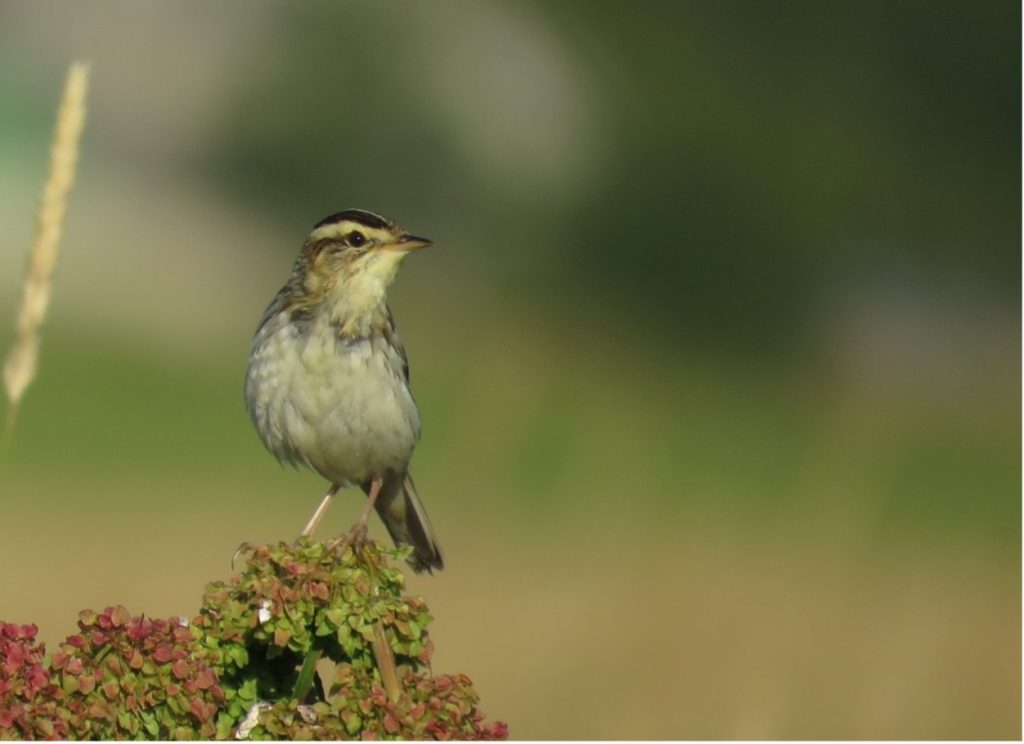
The aquatic warbler is a globally threatened bird of the passerine family. Recently, individuals of this species have been found breeding in only four countries worldwide (Poland, Belarus, Ukraine, and Lithuania). Changing farming practices have significantly reduced and continue to reduce the areas where these birds can still settle and breed, putting the species at risk of extinction.
Various research and management activities have been conducted to conserve the aquatic warbler population. Areas suitable for breeding are being restored. Joint solutions are being sought in cooperation with people who farm intensively in aquatic warbler breeding areas to minimise farmers’ losses and allow the birds to breed. The project for translocating juvenile warblers from Belarus to Lithuania has been successfully implemented.
Although efforts are paying off, the aquatic warbler is still threatened with extinction. It is therefore essential to have a better understanding of the biology and ecology of these birds in order to be able to take even more effective conservation measures.


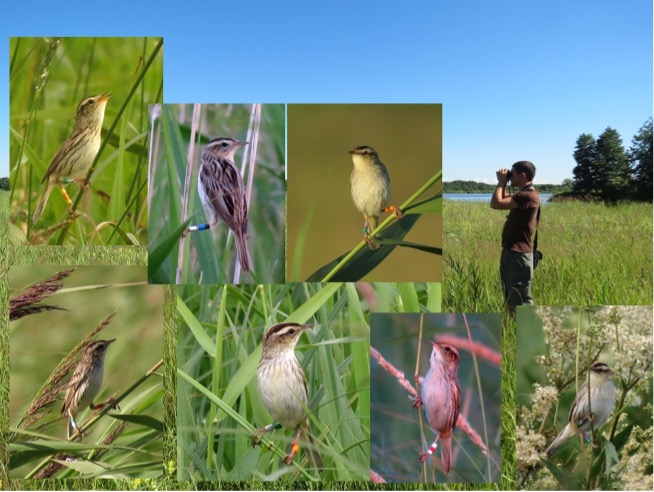
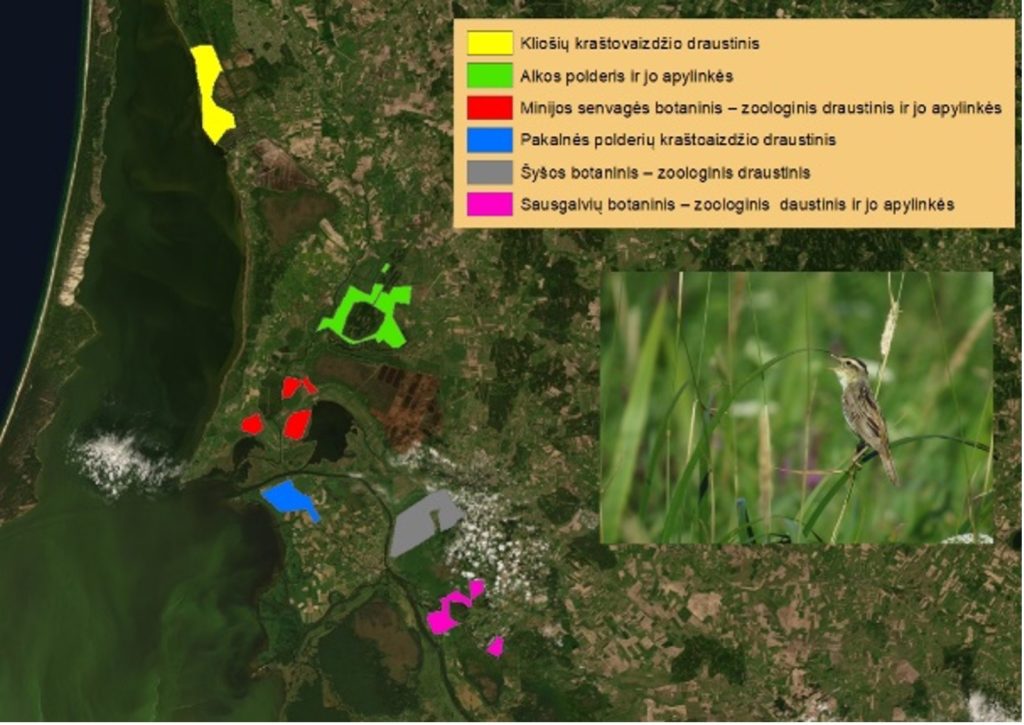


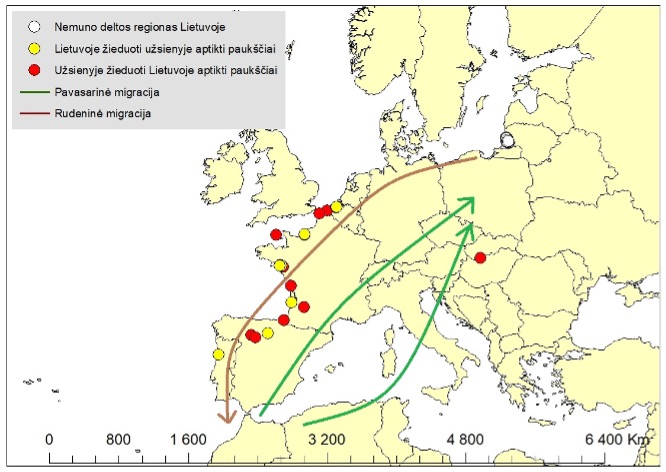
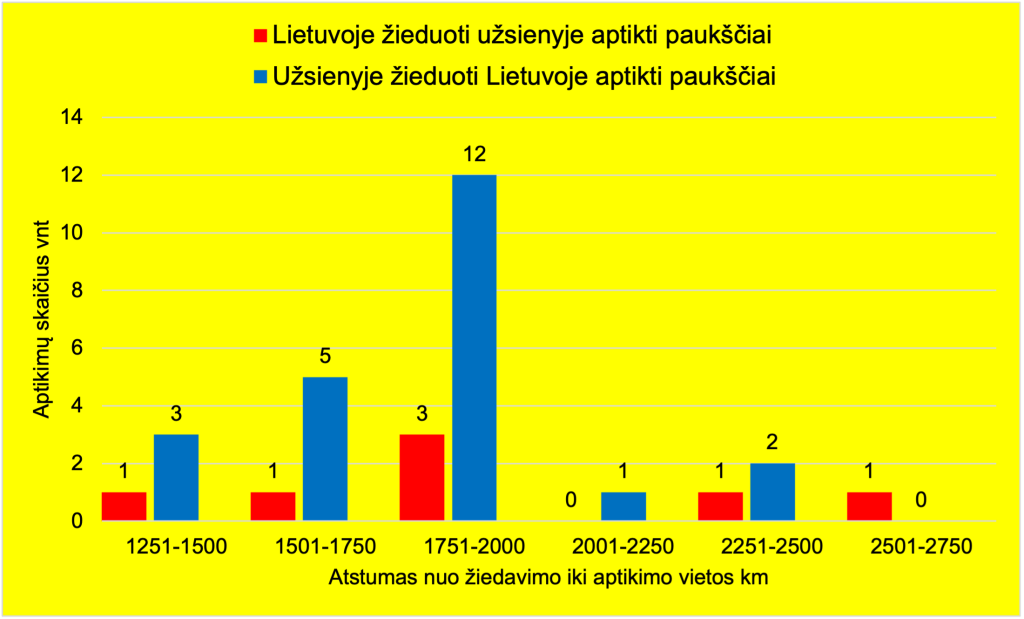



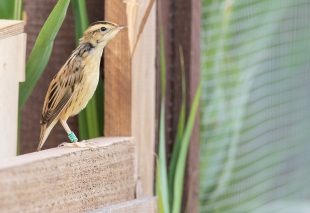
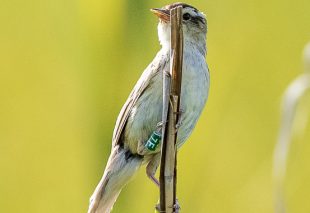


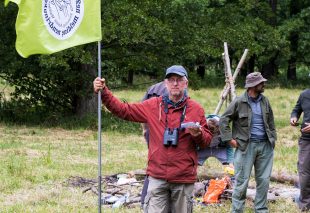


No comments!